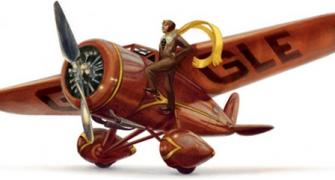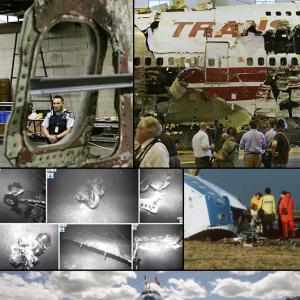The aviation pioneer’s body has never been officially found after she disappeared July 2, 1937.
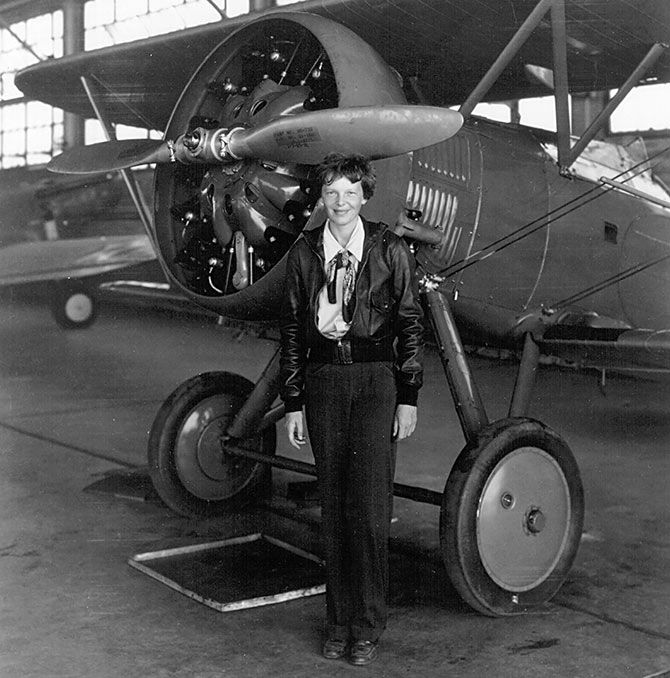
Photograph: National Archive/Newsmakers
On Thursday, scientists announced that they might have found the bones of legendary American pilot Amelia Earhart -- the first female aviator to fly solo across the Atlantic Ocean who mysteriously disappeared in 1937 while flying over the Pacific.
Bone measurement analysis indicates that the remains found on a remote island in the South Pacific were likely those of Earhart, researchers said.
With this have we solved one of the world’s greatest mysteries of the 20th century.
Who is Amelia Earhart?
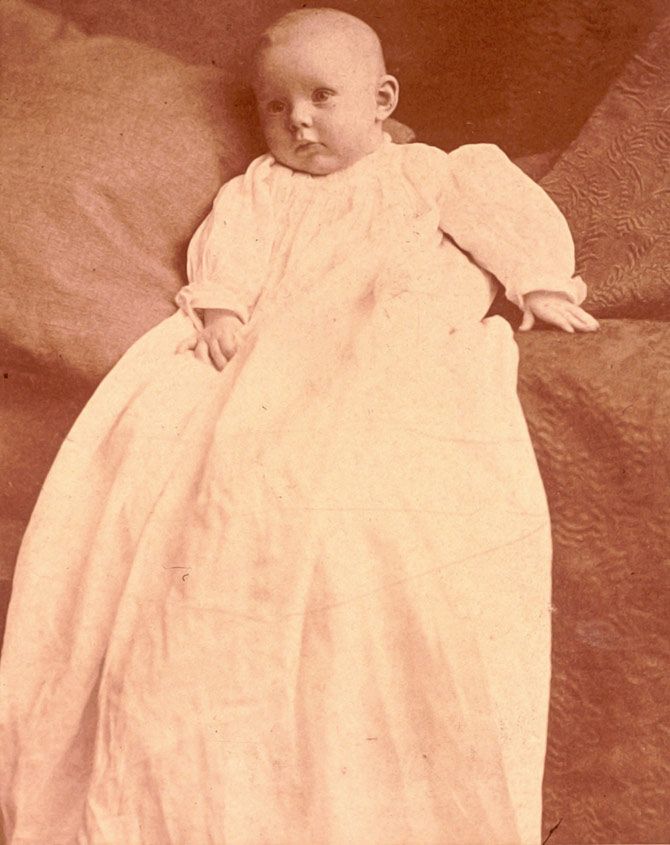
Photograph: Getty Images
Earhart was an American aviator who set many flying records and championed the advancement of women in aviation. She became the first woman to fly solo across the Atlantic Ocean, and the first person ever to fly solo from Hawaii to the US mainland.
During a flight to circumnavigate the globe, Earhart disappeared somewhere over the Pacific in July 1937. Her plane wreckage was never found, and she was officially declared lost at sea.

She was a true pioneer, breaking stereotypes all her life. Born in Atchison, Kansas, on July 24, 1897, she defied traditional gender roles from a young age and played basketball, took an auto repair course and briefly attended college (those were the days when women going to college was unheard of).
She took her first flight in 1920 and declared, “As soon as we left the ground, I knew I myself had to fly.”
Earhart soloed in 1921 and the next year bought her first airplane. She wasted no time in setting a record, flying higher than any woman ever had before. Earhart would go on to set many more records, including first woman to fly solo across the Atlantic Ocean.
Soaring in the sky
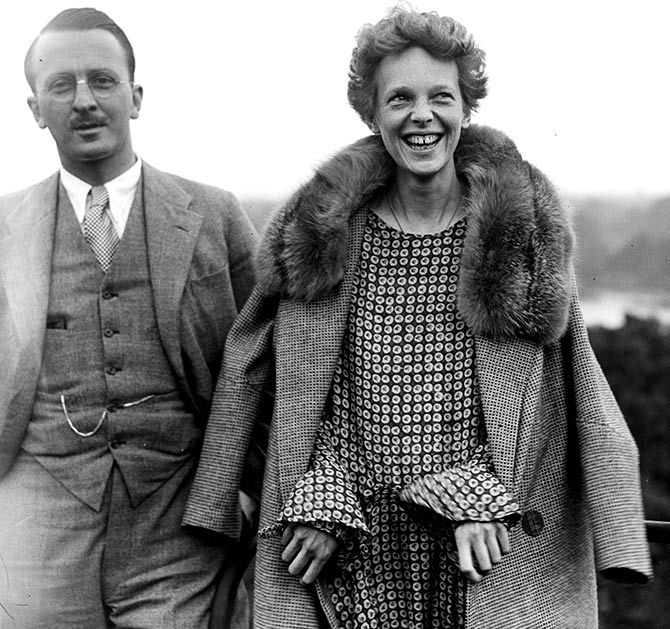
Photograph: Hewerdine/London Express/Getty Images
In 1932, Earhart became the first woman (and second person after Charles Lindbergh) to fly solo across the Atlantic Ocean. She left Newfoundland, Canada, on May 20 in a red Lockheed Vega 5B and arrived a day later, landing in a cow field near Londonderry, Northern Ireland.
Following that she took to the skies again -- in 1932 -- and did a solo, non-stop flight across the US by a woman. In 1935, she became the first aviator to fly solo from Honolulu, Hawaii to Oakland, California.
Her last flight
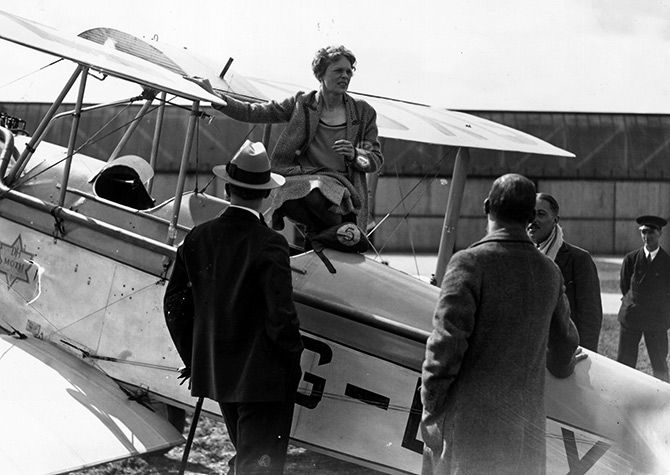
After becoming the queen of the skies, Earhart set her sights to fly around the world.
In March 1937, she flew to Hawaii with fellow pilot Paul Mantz to begin this flight. Earhart lost control of the plane on takeoff, however, and the plane had to be sent to the factory for repairs.
In June, she went to Miami to again begin a flight around the world, this time with Fred Noonan as her navigator. She flew a twin-engine Lockheed 10E Electra.
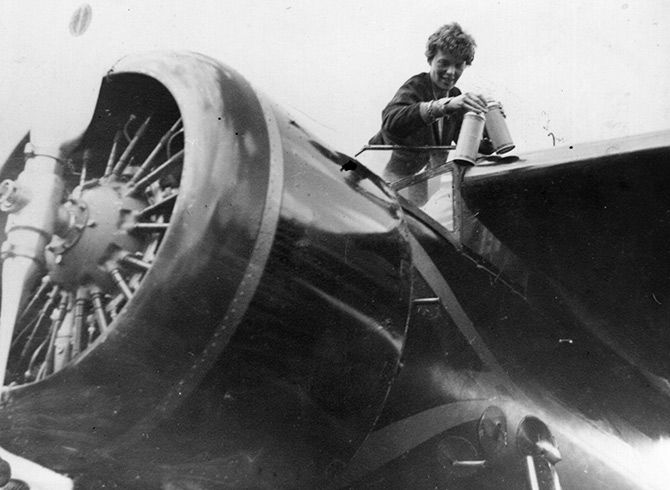
The pair made it to New Guinea in 21 days, even though Earhart was tired and ill.
During the next leg of the trip, they departed New Guinea for Howland Island, a tiny strip of land in the middle of the Pacific Ocean. July 2, 1937, was the last time Earhart and Noonan communicated with a nearby Coast Guard ship. They were never heard from again.
US President Franklin D Roosevelt authorised a massive two-week search for the pair, but they were never found. On July 19, 1937, Earhart and Noonan were declared lost at sea.
Where is she?
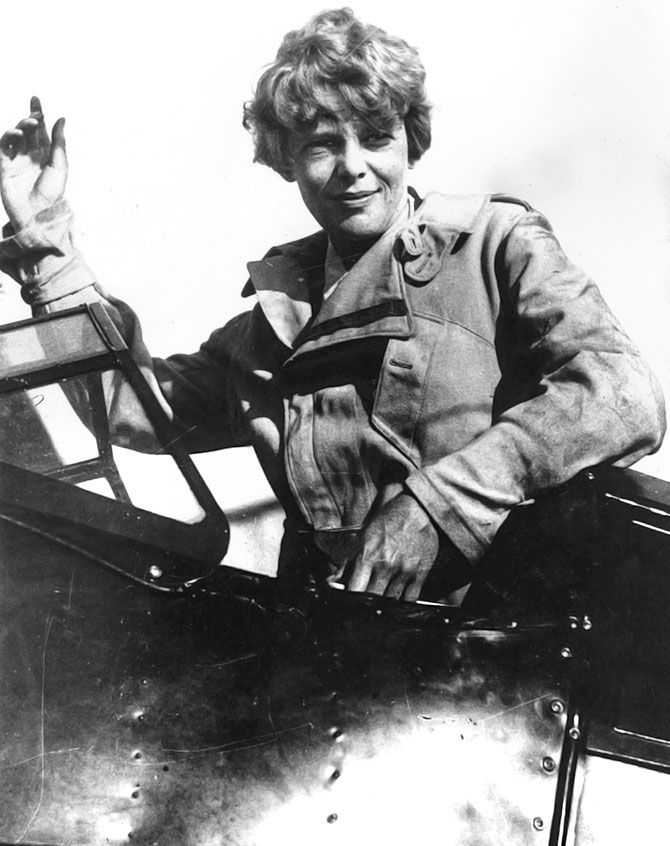
Since her disappearance, several theories have formed regarding Earhart’s last days, many of which have been connected to various artifacts that have been found on Pacific islands.
Two seem to have the greatest credibility.
One is that the plane that Earhart and Noonan were flying was ditched or crashed, and the two perished at sea. Several aviation and navigation experts support this theory, concluding that the outcome of the last leg of the flight came down to “poor planning, worse execution.”
Another theory is that Earhart and Noonan might have flown without radio transmission for some time after their last radio signal, landing at uninhabited Nikumaroro reef, a tiny island in the Pacific Ocean 350 miles southeast of Howland Island.
This island is where they would ultimately die. This theory is based on several onsite investigations that have turned up artefacts such as improvised tools, bits of clothing, an aluminium panel, and a piece of Plexiglas the exact width and curvature of an Electra window.
Mystery solved?
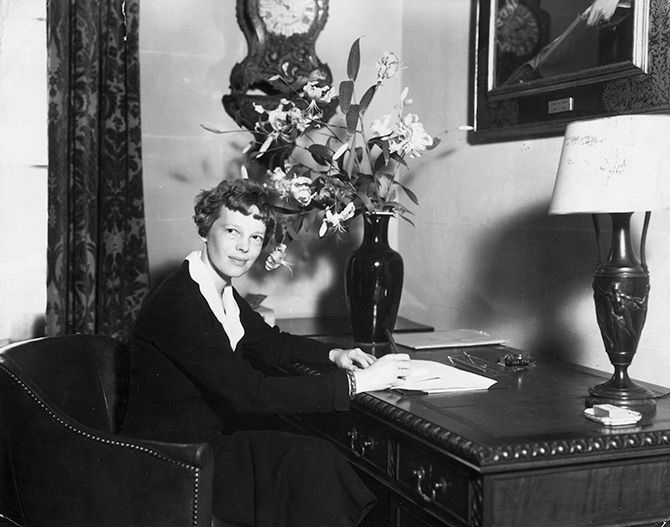
Photograph: Sasha/Getty Images
Expert on skeletal biology, Richard Jantz of the University of Tennessee in the US city of Knoxville, believes he has cracked the case - claiming bones found on a Pacific island are '99 per cent likely' to be hers.
Jantz, professor at University of Tennessee in the US re-examined seven bone measurements conducted in 1940 by physician D W Hoodless. Hoodless had concluded that the bones belonged to a man.
Using several modern quantitative techniques -- including Fordisc, a computer programme for estimating sex, ancestry, and stature from skeletal measurements -- Jantz found that Hoodless had incorrectly determined the sex of the remains.
The study, published in the journal Forensic Anthropology, showed that the bones have more similarity to Earhart than to 99 per cent of individuals in a large reference sample.
Jantz also compared the bone lengths with Earhart’s. Her humerus and radius lengths were obtained from a photograph with a scalable object.
Her tibia length was estimated from measurements of her clothing in the George Palmer Putnam Collection of Amelia Earhart Papers at Purdue University.
A historic seamstress took the measurements, which included the inseam length and waist circumference of Earhart’s trousers.
Jantz concluded that “until definitive evidence is presented that the remains are not those of Amelia Earhart, the most convincing argument is that they are hers.”
"Forensic anthropology was not well developed in the early 20th century,” according to the study.
“There are many examples of erroneous assessments by anthropologists of the period. We can agree that Hoodless may have done as well as most analysts of the time could have done, but this does not mean his analysis was correct,” it said.
Along with bones found in 1940, a search party discovered part of a shoe judged to have been a woman’s, a sextant box designed to hold a Brandis Navy Surveying Sextant, manufactured around 1918 and similar to the one Earhart’s co-pilot used, and a Benedictine bottle, something Earhart was known to carry.
The bones eventually disappeared, and what remained was metric data limited to four measurements of the skull and three of long bones -- the tibia, humerus, and radius.
-- With inputs from PTI

